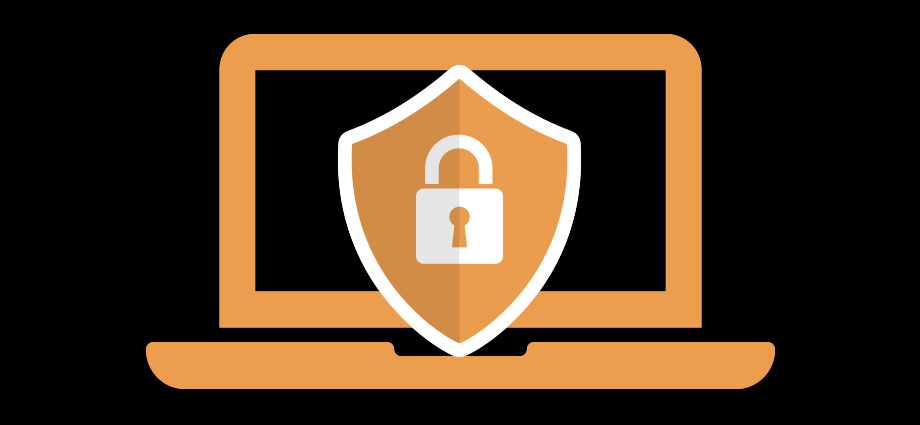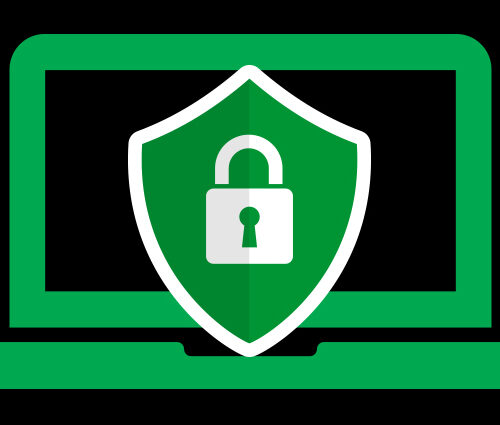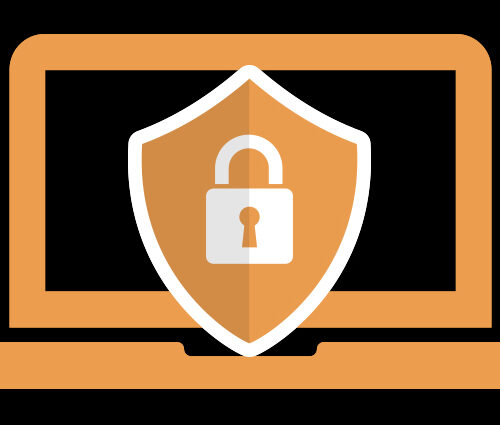
Types of Cloud Deployments
- Public Cloud: Services are delivered over the public Internet and shared across organizations.
- Private Cloud: Services are maintained on a private network.
- Hybrid Cloud: Combines public and private clouds, allowing data and applications to be shared between them.
- Community Cloud: Shared infrastructure for a specific community.
Securing the Cloud
Although many Cloud offerings have secure design principles built in, they are not always turned on by default. You should configure your environment to meet your organization’s standards. A SOC2 or ISO27001 certification for your hosting provider does not inherently secure the way you are using the service and does not apply ‘downstream’. Securing your cloud environment involves several best practices:
- Understand Shared Responsibility: Know what security measures your cloud provider handles and what you need to manage.
- Automating Cloud Configuration: Significantly streamline your operations and reduce manual effort. This can also help to eliminate user error and align patching and vulnerability remediation. Tools, such as Azure Automation, Terraform, Azure DevOps Services, AWS Systems Manager Automation, AWS CloudFormation and Google Cloud CI/CD, can be utilized.
- Use Strong Authentication: Consider implementing multi-factor authentication (MFA) to ensure only authorized users can access your data.
- Encrypt Data: Encryption of your data, both in transit and at rest, can help protect it from unauthorized access.
- Implement Access Controls: Consider the use of role-based access controls (RBAC) to limit who can access what data.
- Monitor Cloud Activity: Continuous monitoring and logging of cloud activity may help you to detect and allow you to respond to potential security incidents.
- Use Secure APIs: Any APIs used should be secure and you should follow best practices for security.
- Regularly Update and Patch: Keep your systems and applications up to date with the latest security patches.
Another topic to keep in mind while researching and using cloud solutions are General Data Protection Regulation (GDPR) laws around where data is domiciled. Cloud solutions implemented in European Union countries may be subject to GDPR rules to protect the data of EU citizens. Moving GDPR data away from the proper data centers can result in fines and inadequate protection of GDPR data with non-GDPR compliant data centers.





